

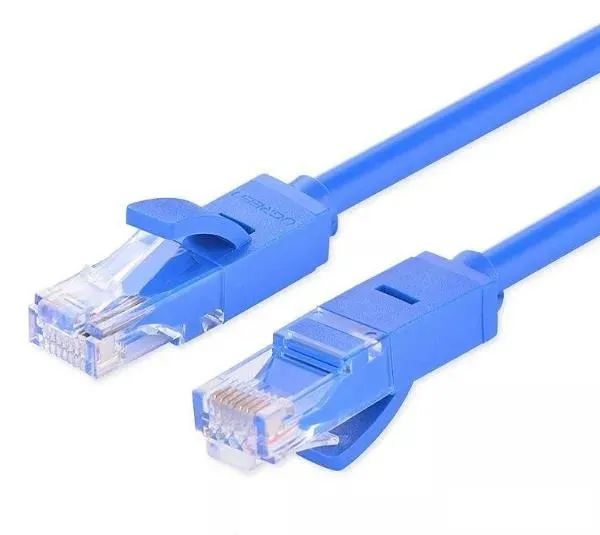
Let’s briefly discuss network cables. Most people are familiar with network cables, and different specifications of cables have different transmission distances. Network cables transmit network signals, and if the distance exceeds the cable’s capacity, the signal will degrade, leading to potential network interruptions.
Category 5 and Category 6 cables have a maximum length of 100 meters. A standard oxygen-free copper Category 6 cable can reach about 120 meters. To extend the transmission distance, a repeater can be installed between two segments of twisted pair cables, with a maximum of 4 repeaters. If 4 repeaters connect 5 segments, the maximum transmission distance can reach 500m.
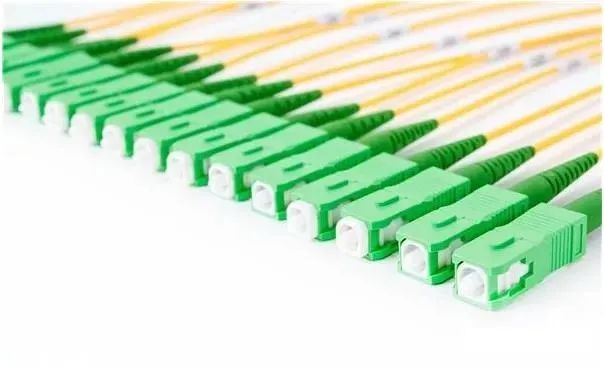
The transmission distance of network cables is limited and cannot solve long-distance data transmission. For long-distance transmission, optical fiber can be used. Optical fibers are divided into multimode and single-mode. Multimode fibers have a longer transmission distance than network cables but are shorter than single-mode fibers. In 10Mbps and 100Mbps Ethernet, multimode fiber can support a maximum transmission distance of 2000 meters; in 1Gbps Gigabit networks, multimode fiber can support a maximum distance of 550 meters; thus, multimode is used less frequently now.
Single-mode fiber can support longer transmission distances compared to multimode fiber. In both 100Mbps Ethernet and 1G Gigabit networks, single-mode fiber can support distances exceeding 5000m. The components used in single-mode optical modules are twice that of multimode optical modules, making the overall cost of single-mode optical modules higher than that of multimode. Single-mode modules can achieve transmission distances of 150 to 200 km. Therefore, optical fiber can solve long-distance transmission issues, such as in remote monitoring projects.
HDMI (High-Definition Multimedia Interface) is commonly used on high-definition displays and can connect HDMI displays to monitors. Many network boxes can also connect to televisions via HDMI cables to transmit audio and video signals. Generally, HDMI signals can be transmitted up to 30 meters, while average quality cables can transmit a maximum distance of about 15 meters. How can HDMI be transmitted over longer distances? There are various methods for extending HDMI, including using HDMI fiber optic cables, depending on the actual situation.

DVI (Digital Visual Interface) cables can effectively transmit signals only up to about 5 meters, and exceeding this distance will lead to signal degradation. This limitation significantly restricts the popularity and application of DVI devices. DVI-D can only receive digital signals; DVI-I can receive both digital and analog signals, with a short transmission distance of 7-15m.
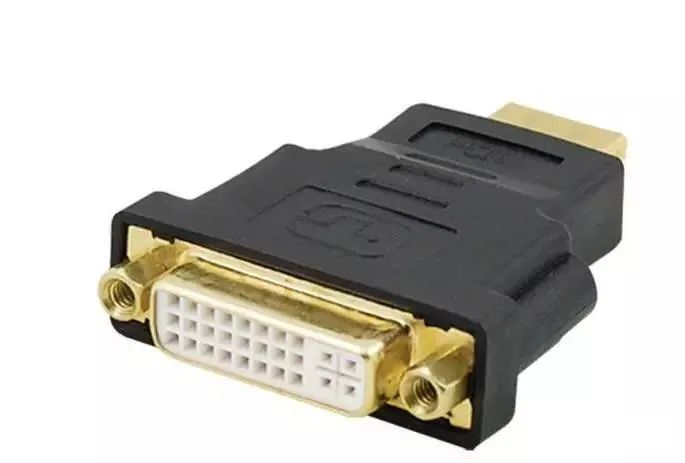

VGA cables transmit analog signals and are used to connect a computer’s graphics card to a monitor or television for data transmission. They are responsible for outputting the corresponding image signals to the display, serving as a bridge between the computer and the monitor. They have been widely used in color display technology but are susceptible to degradation and interference. However, their transmission distance is better than HDMI and DVI, with a range of 20-40m for 3+4/6 VGA.
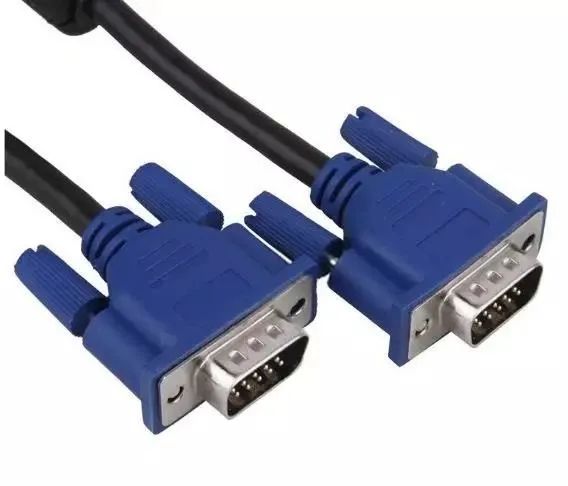
1. RS232:
RS232 has a limited transmission distance, with a standard maximum distance of 15 meters, and it can only communicate point-to-point, with a maximum transmission rate of 20kB/s.
2. RS485:
RS485 has a maximum transmission distance of 1219 meters, with a maximum transmission rate of 10Mbps. At a transmission rate of 100Kb/S, it can achieve the maximum communication distance. By using impedance-matched, low-loss dedicated cables, it can reach up to 1800 meters! Exceeding 1200 meters allows for the installation of repeaters (up to 8), making the transmission distance close to 10 km.
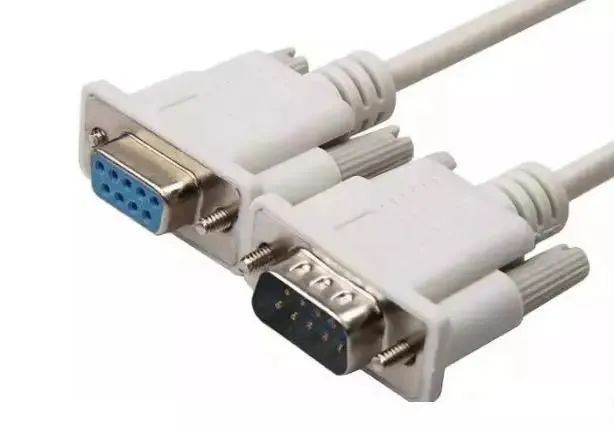
USB (Universal Serial Bus) is an external bus standard used to define the connection and communication between computers and external devices. It is a widely used interface technology in the PC field. USB interfaces support plug-and-play and hot-swapping capabilities. The effective distance specified by the USB protocol is 5 meters, but longer USB extension cables can be used if the cable quality is good. Poor-quality USB extension cables may not reach 5 meters. Of course, USB cables can also use extenders for long-distance transmission.

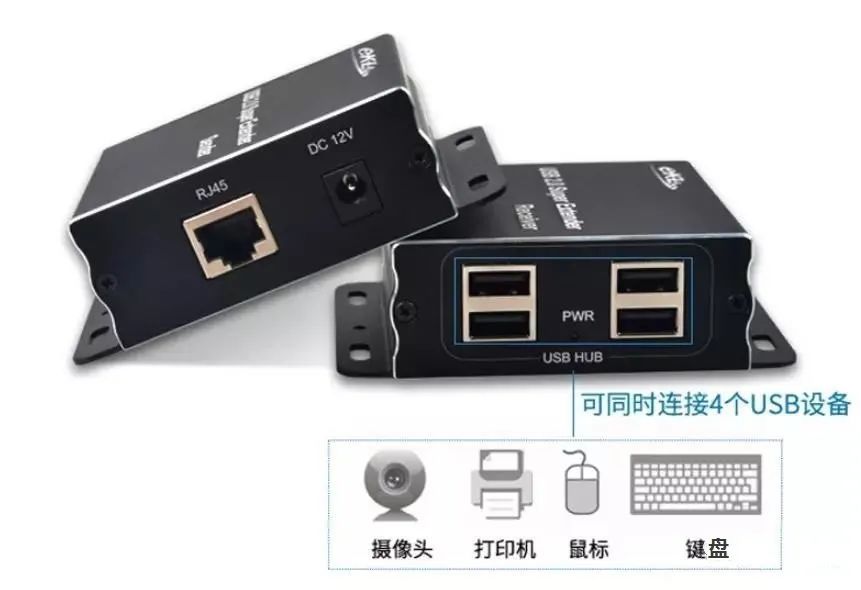
Complete Question Bank for 2021 Electrician Beginner Exam (Includes Answers)
Is it difficult to troubleshoot inverter faults? Just one click away!
Can you not have this magic tool that can help you review all electrical exam questions at once?
Which of the five major electrical drawing software (CAD, Eplan, CADe_simu…) do you choose?
Latest Electrical Version CAD Drawing Software, with Detailed Installation Tutorial!
Latest Electrical Drawing Software EPLAN, with Detailed Installation Tutorial!
Common Issues for Beginners Using S7-200 SMART Programming Software (Includes Download Links)
Complete Electrical Calculation EXCEL Sheets, Automatically Generated! No Need to Ask for Electrical Calculations!
Bluetooth Headphones, Electrician/PLC Introductory Books Given Away? Come and Claim Your Electrical Gifts!
Basic Skills in PLC Programming: Ladder Diagrams and Control Circuits (Includes 1164 Practical Cases for Mitsubishi PLC)
Still can’t understand electrical diagrams? Get the basics of electrician diagram reading and simulation software, quickly get started with theory and practice!
12 Free Electrician Video Courses, 10GB Software/E-Book Resources, 30 Days of Free Electrician Live Classes!

